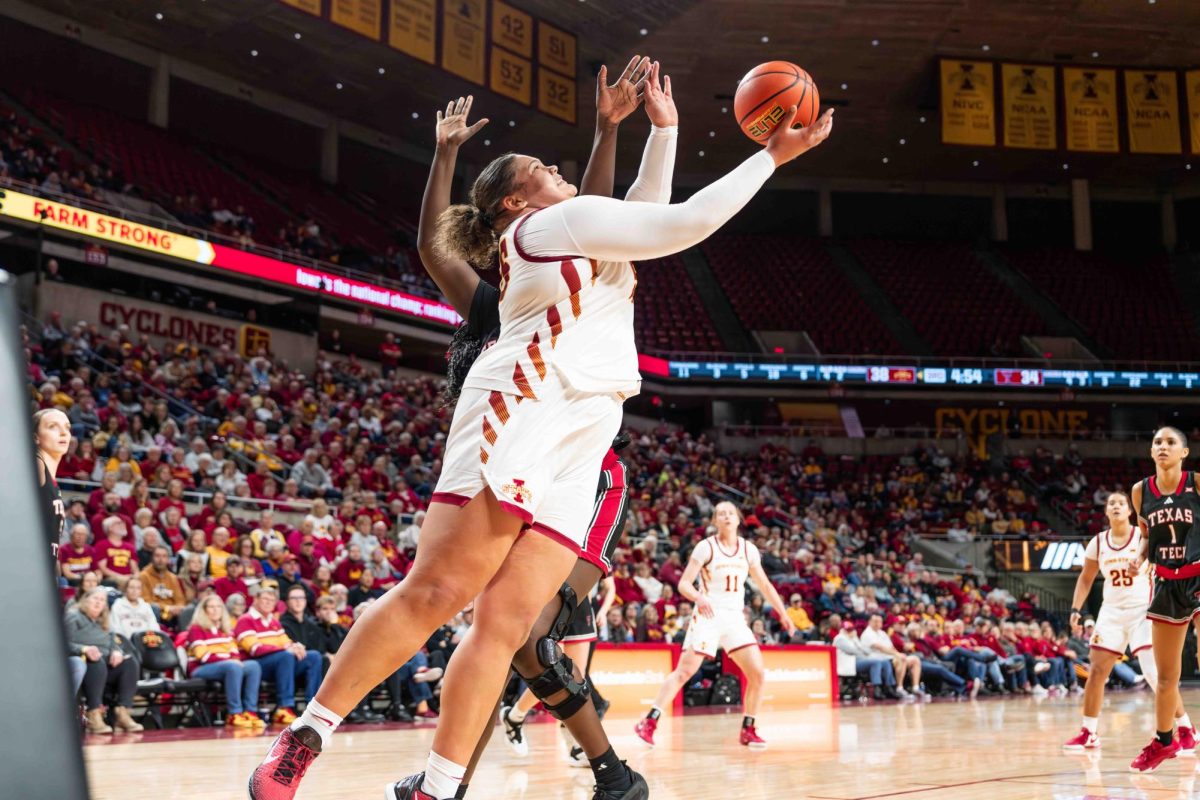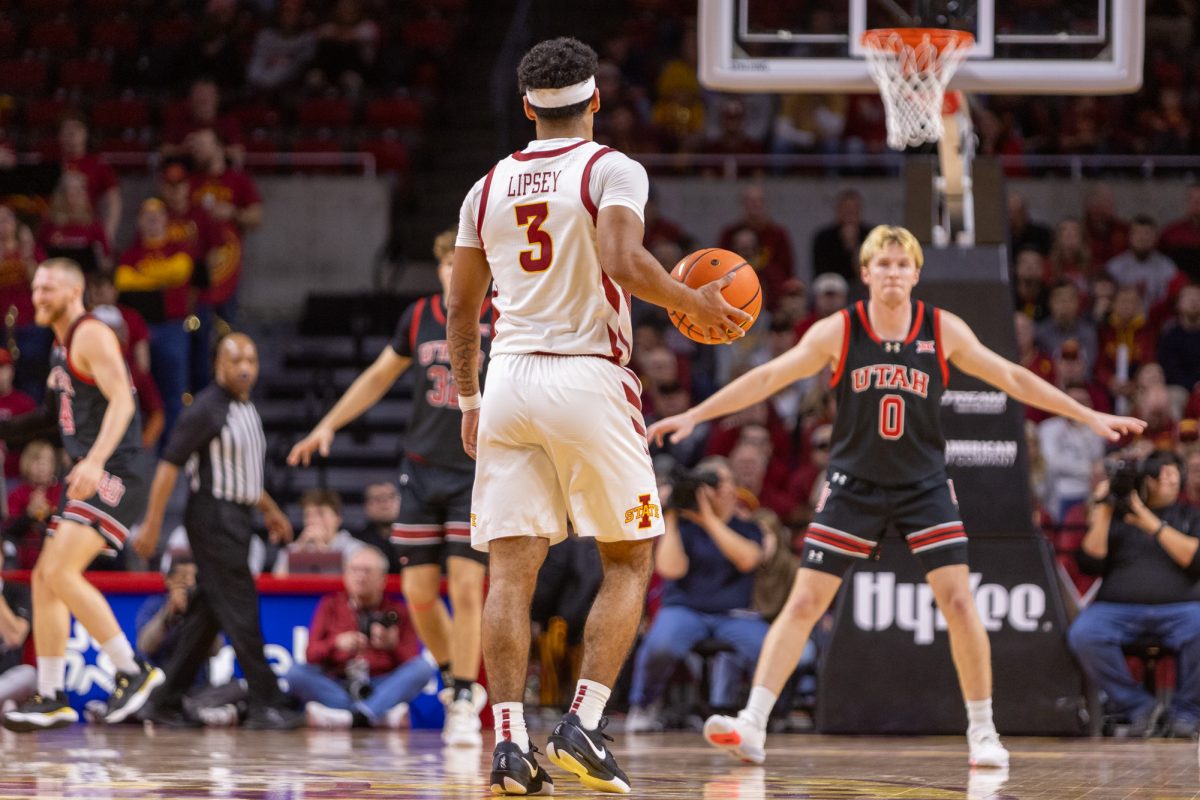AMUSE: Know your budget, event before shopping for wine
April 18, 2007
For years, students have congregated at local drinking establishments searching for the perfect alcohol. Common spirits, however, are sometimes not enough to satisfy taste buds. For those with more refined tastes, wine is becoming a more popular choice.
Younger people are increasingly choosing to drink wine, local merchants said.
“I believe wine consumption in the younger generation is increasing, and it’s partially to do with what’s depicted in the media,” said Mark Evoy, managing partner of Biaggi’s Ristorante Italiano in West Des Moines. “Young adults are moving to wine and martinis – it’s not just a beer culture anymore.”
The era of the wine connoisseur is emerging. Here are a few helpful tips to help you become just as savvy.
To get started, beginners need answers to a few basic questions. What is my price range? What types of wine are out there? Which ones are for me, and what foods might I pair them with? Although wines range anywhere from $4 to thousands of dollars, a quality bottle of wine does not have to be expensive.
“A wine in between the price range of $8 to $12 is usually your best bet,” said Roger Esser, manager of Cyclone Liquors, 626 Lincoln Way.
A romantic evening for two may call for a more expensive bottle, but for a rowdy dinner party, a less costly bottle will do. Whichever is the case, always provide enough wine for your guests. Allow for at least one glass per guest for each serving or course of the meal.
When considering the type of wine, first establish whether to purchase a white or red. Marcos Rivera, server at Caf‚ Beaudelaire, 2504 Lincoln Way, recommends starting with a white wine and moving into reds.
“A lot of people seem to enjoy Chardonnay, and Merlot is a light red that might not seem as overpowering,” he said.
Americans generally consume more white wine, but with every person comes a different preference. For a beginning wine consumer, a white wine such as Riesling, or Pinot Noir, the red made popular by the movie “Sideways,” are good choices.
“Pinot Noir sales went up at least 20 percent the year the movie ‘Sideways’ debuted,” Envoy said.
Both wines are considered starter wines because of their light-bodied tastes, and are considered sweeter and dryer than most wines.
People who are slightly more comfortable with wine might consider a medium-bodied wine such as Sauvignon Blanc or a lighter Merlot. For the experienced drinker with a developed palette, you might try a Syrah or a Cabernet Sauvignon.
The part that confuses many beginning wine drinkers is the actual tasting. After removing the cork from your selected bottle, allow the wine to aerate for 15 to 20 minutes. This will help circulate air into the bottle and disperse aromas.
When pouring, fill the glasses until they are three-fourths of the way full and take note on how the glass is held. A chilled wine, generally a white, will be held by the stem of the glass to keep from warming the wine. A room-temperature wine, usually a red, will be held with the bowl in palm, stem between the fingers.
After pouring, notice the color and tint of the wine. A maroon or purple color indicates a younger wine, whereas a brassy tint means an aged wine. Thickness in a wine may also indicate its alcohol content. Lack of density may mean the wine is watered down. Cloudiness indicates spoiled wine.
Before you actually taste, it is important to smell the wine before taking that first sip. Most of what you taste when drinking wine is base on the initial smell. This is called the nose of the wine. A red wine may smell of wood and berries, and a white wine usually consists of citrus and floral aromas.
When tasting the wine, spend the first sip or two focusing on what sensations fill your mouth and what elements in the wine can be tasted. Swish it around in your mouth so that every drop encounters all the taste buds. Many tasters spit out their wine, and move on to another label. Keep note of what wines you considered favorable for future purchasing.
When pairing a wine with a meal, the best advice is to keep it simple. Red meats and sauces are generally paired with red wines. White wines are usually paired with lighter meats and dishes.
Interested in wine tasting? Become a member of the wine club at the Ames Hy-Vee and enjoy monthly tastings. For more information, visit Hy-Vee Wine and Spirits, 3609 Lincoln Way, or call 292-0817. Cyclone Liquors also provides classes for those with all levels of wine experience. For more information, call 233-2327.






